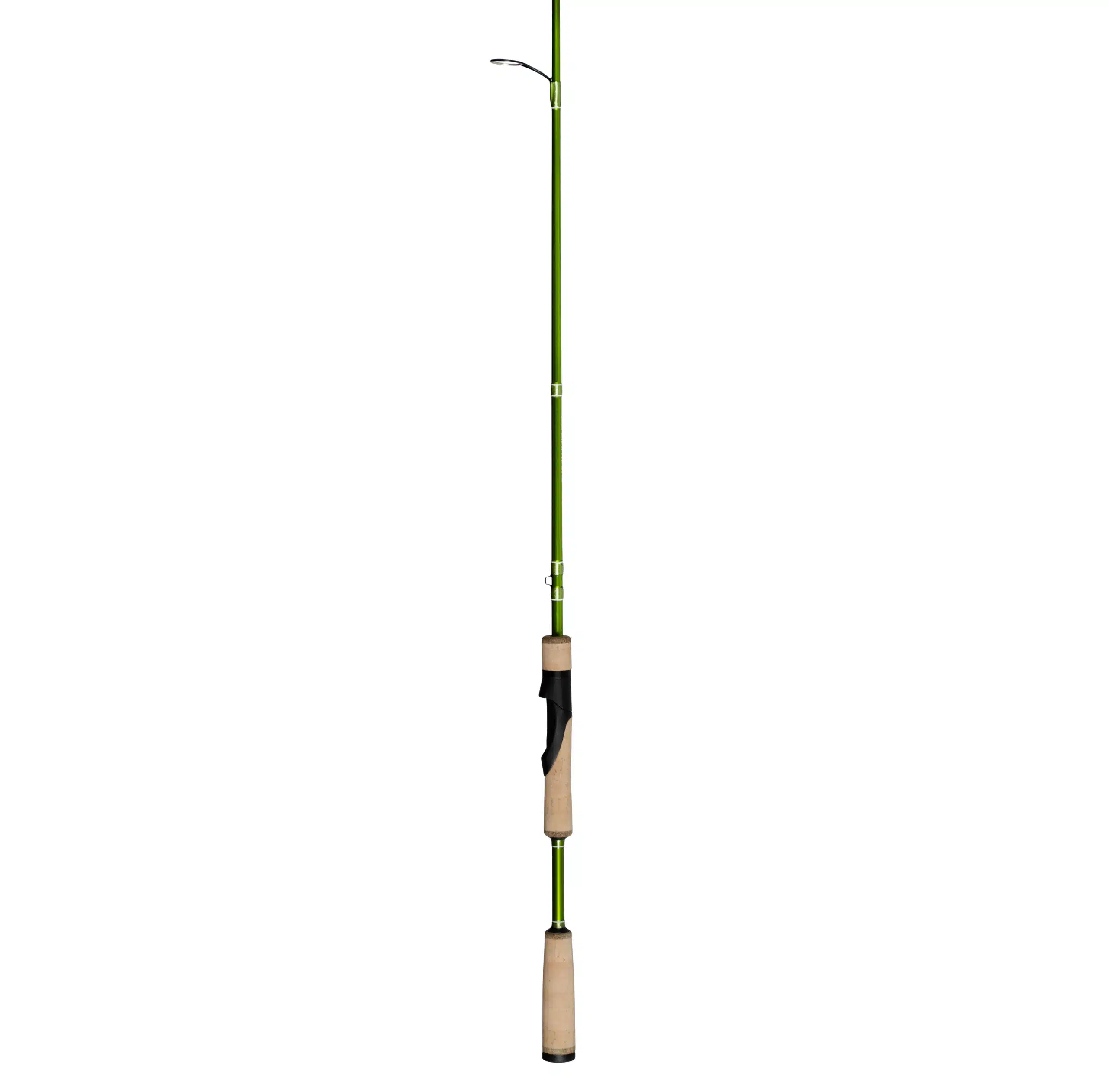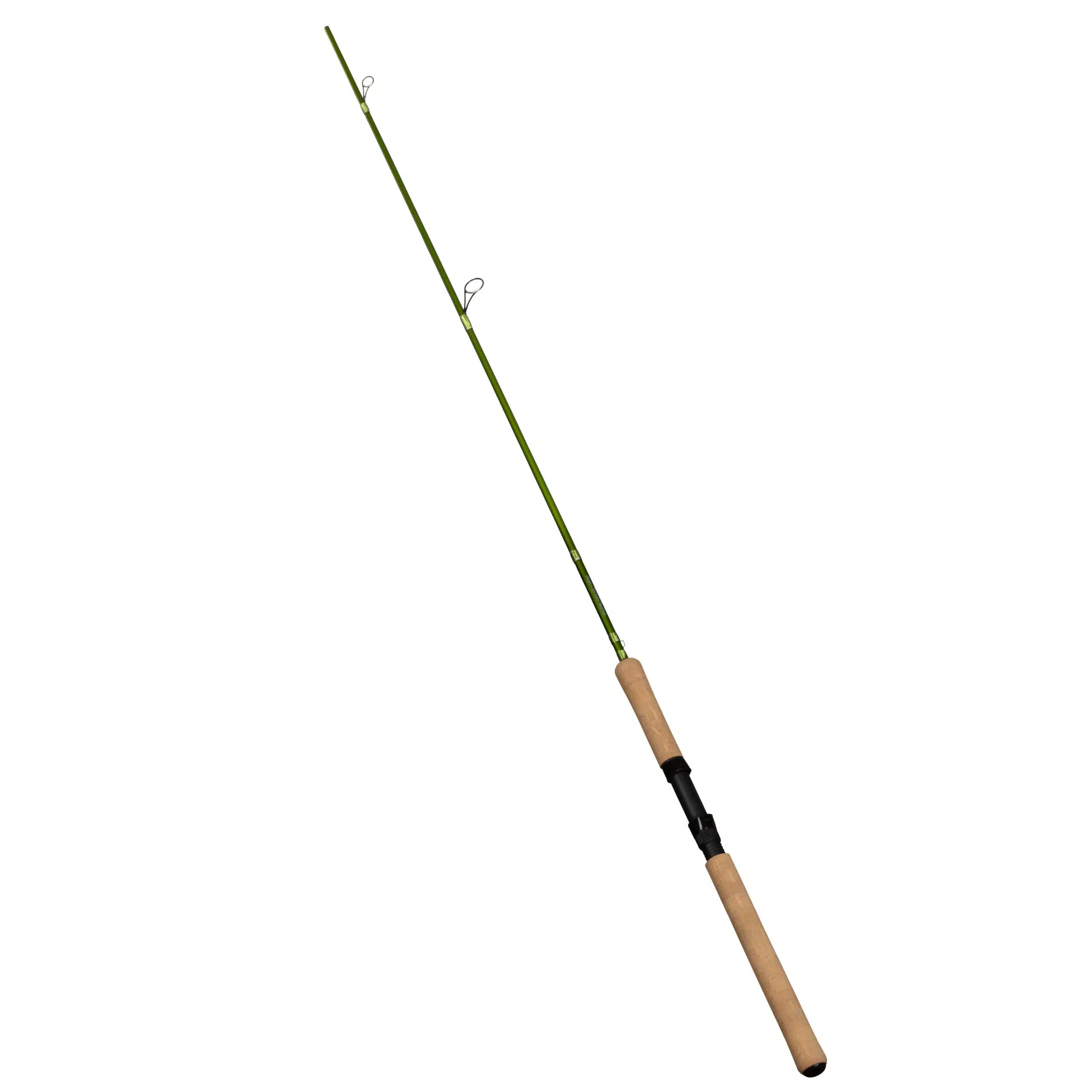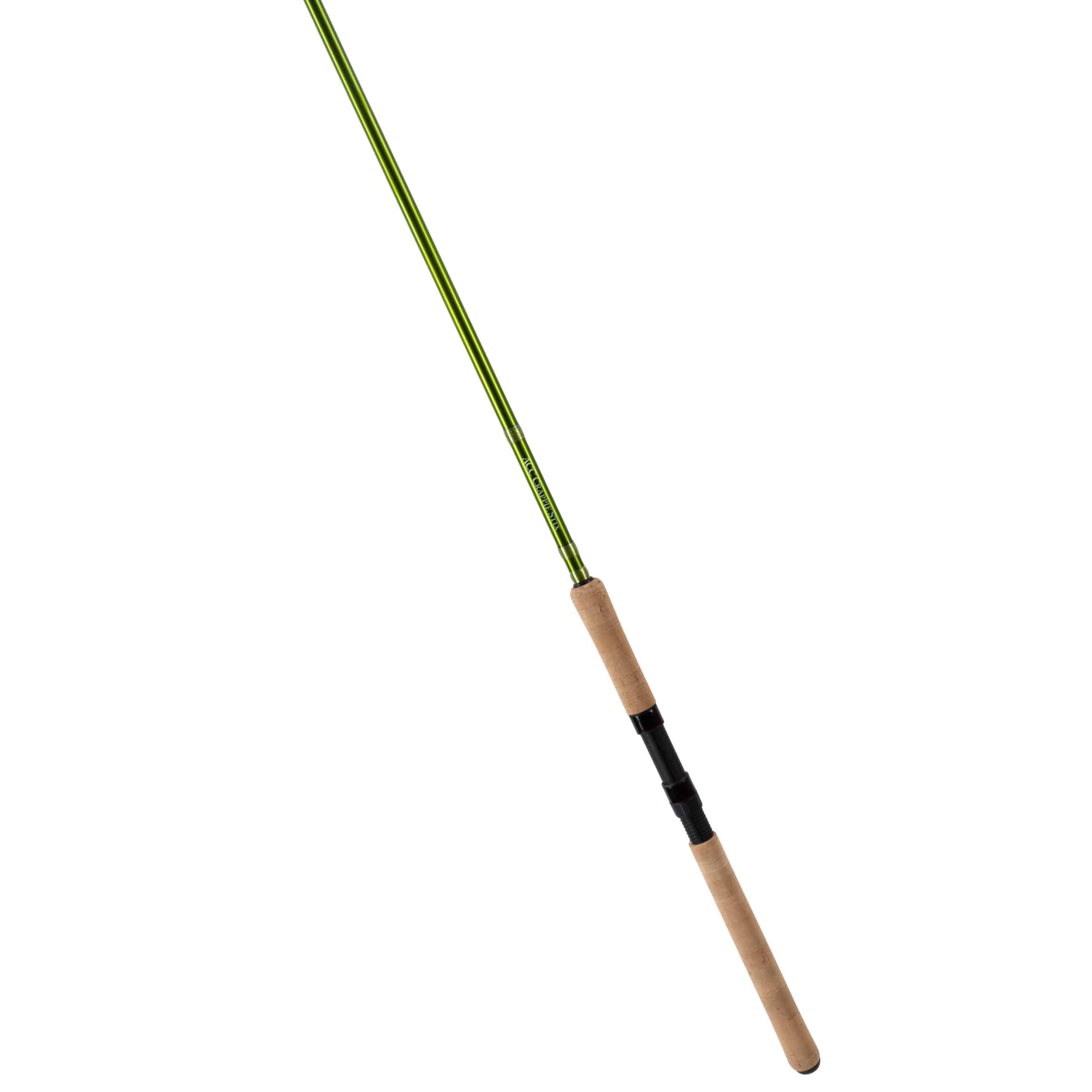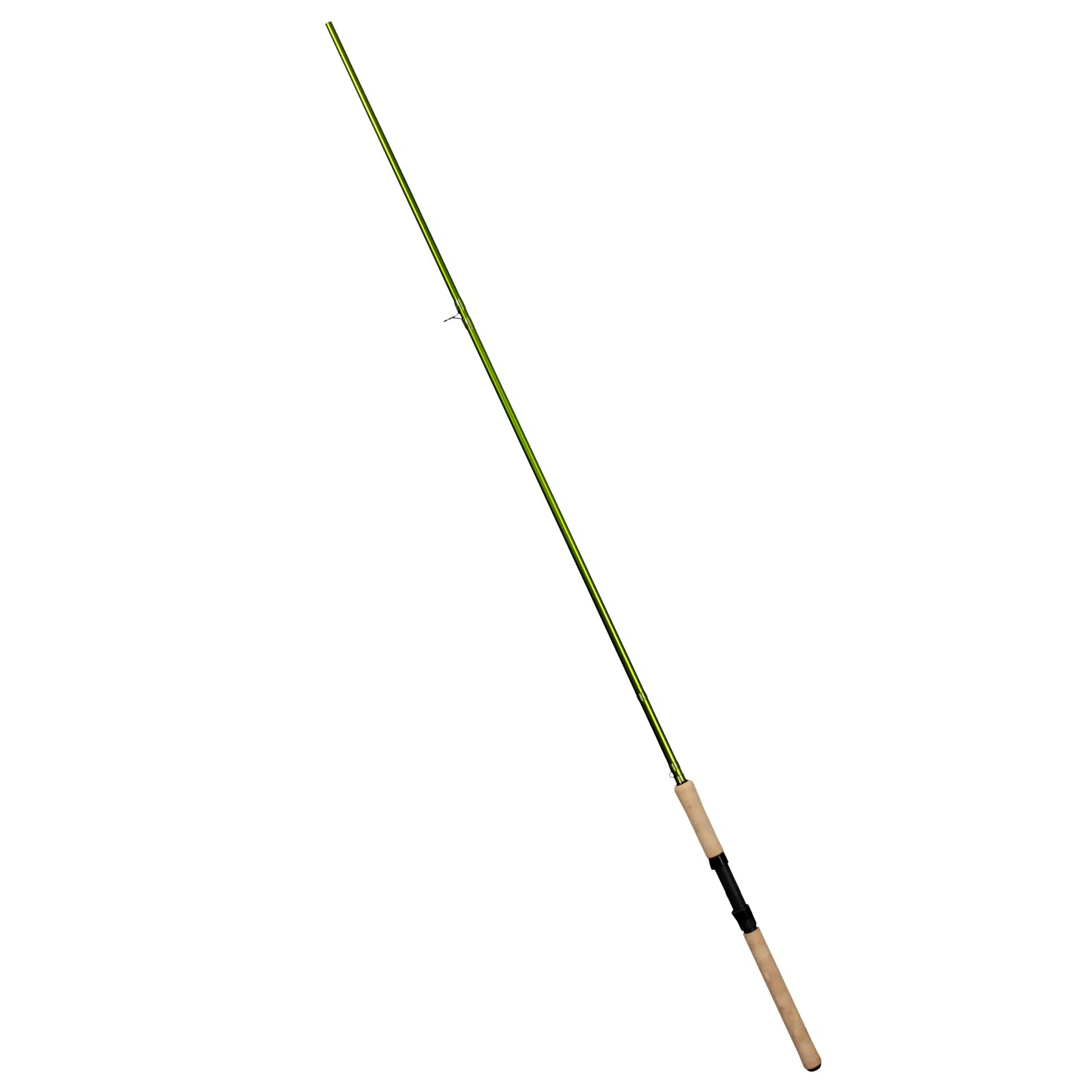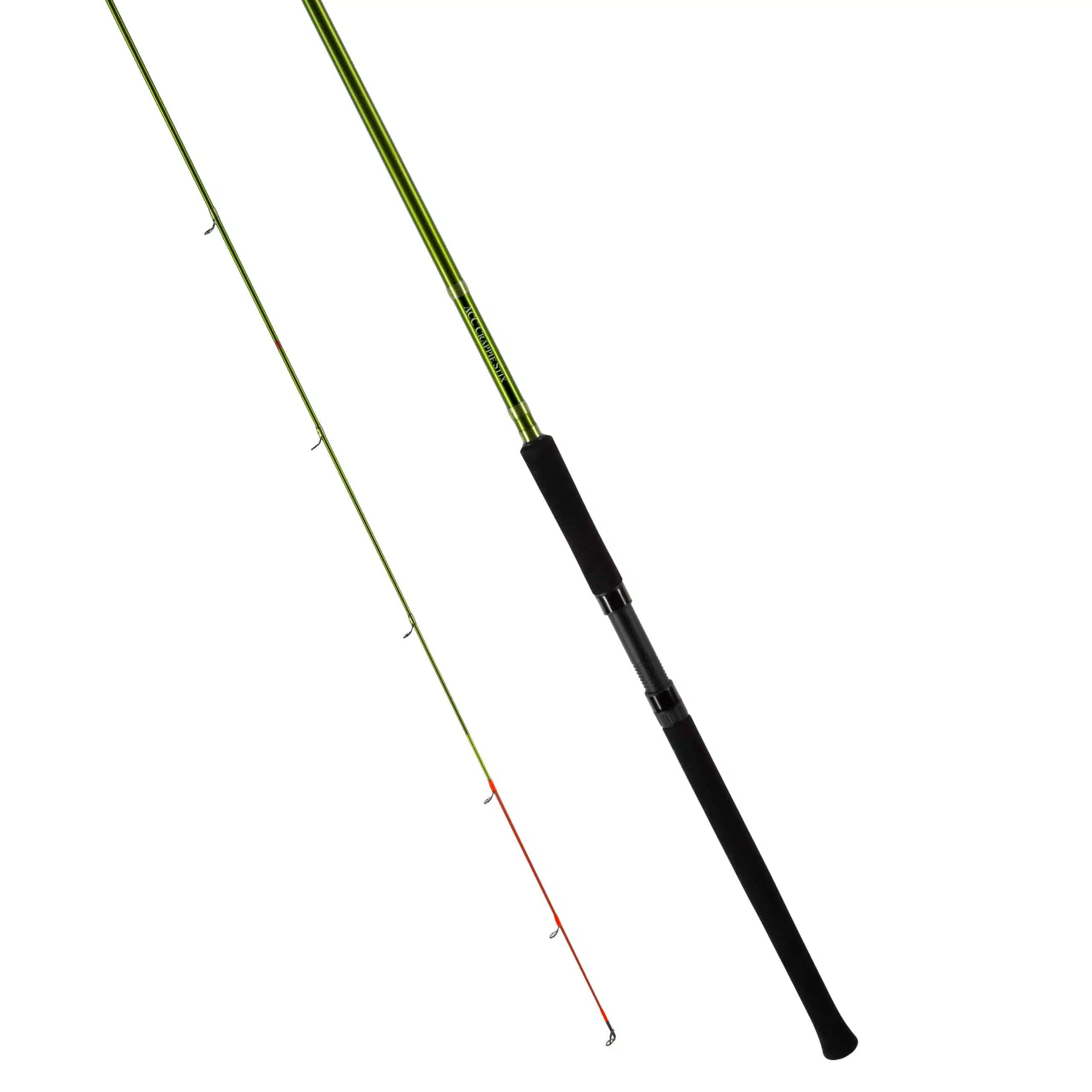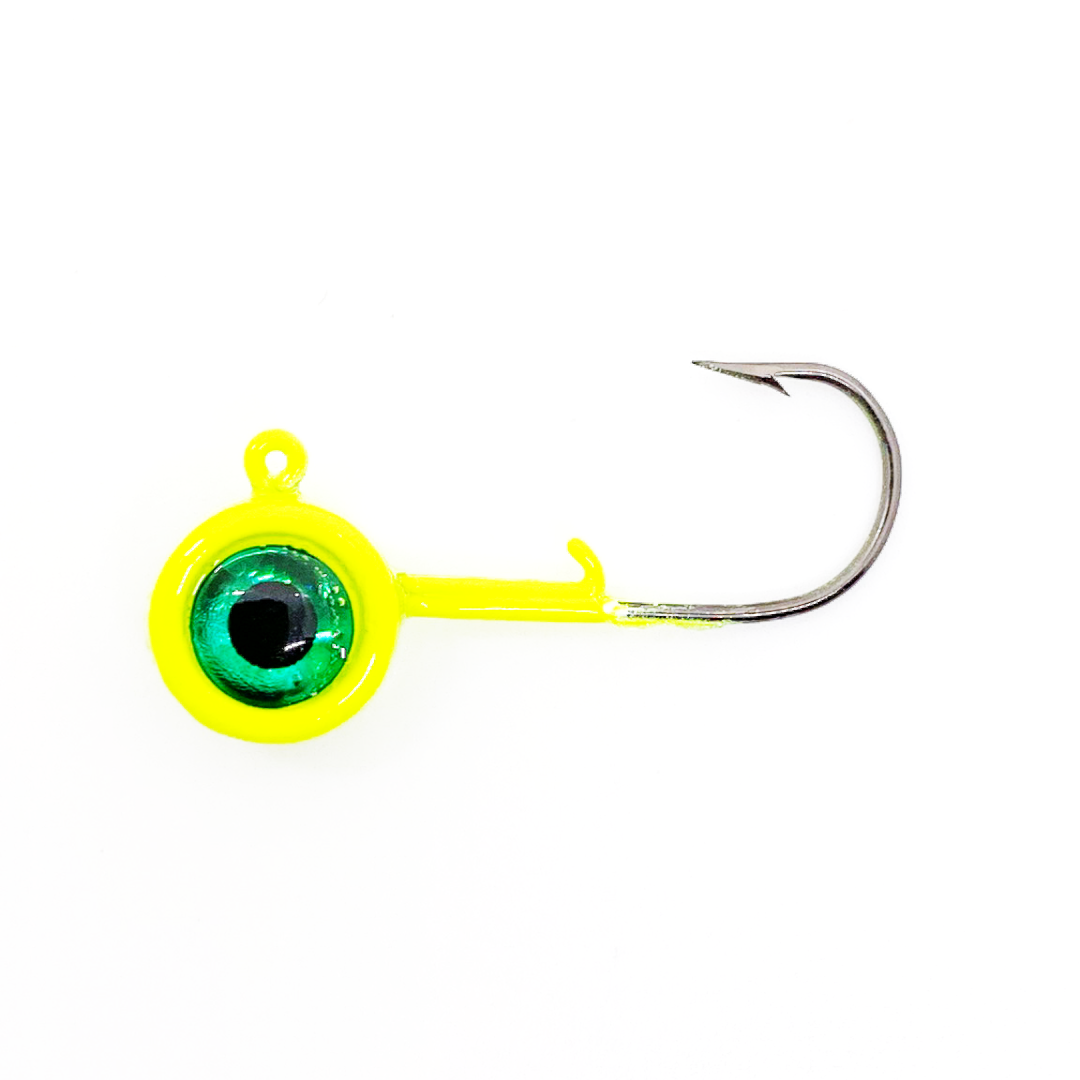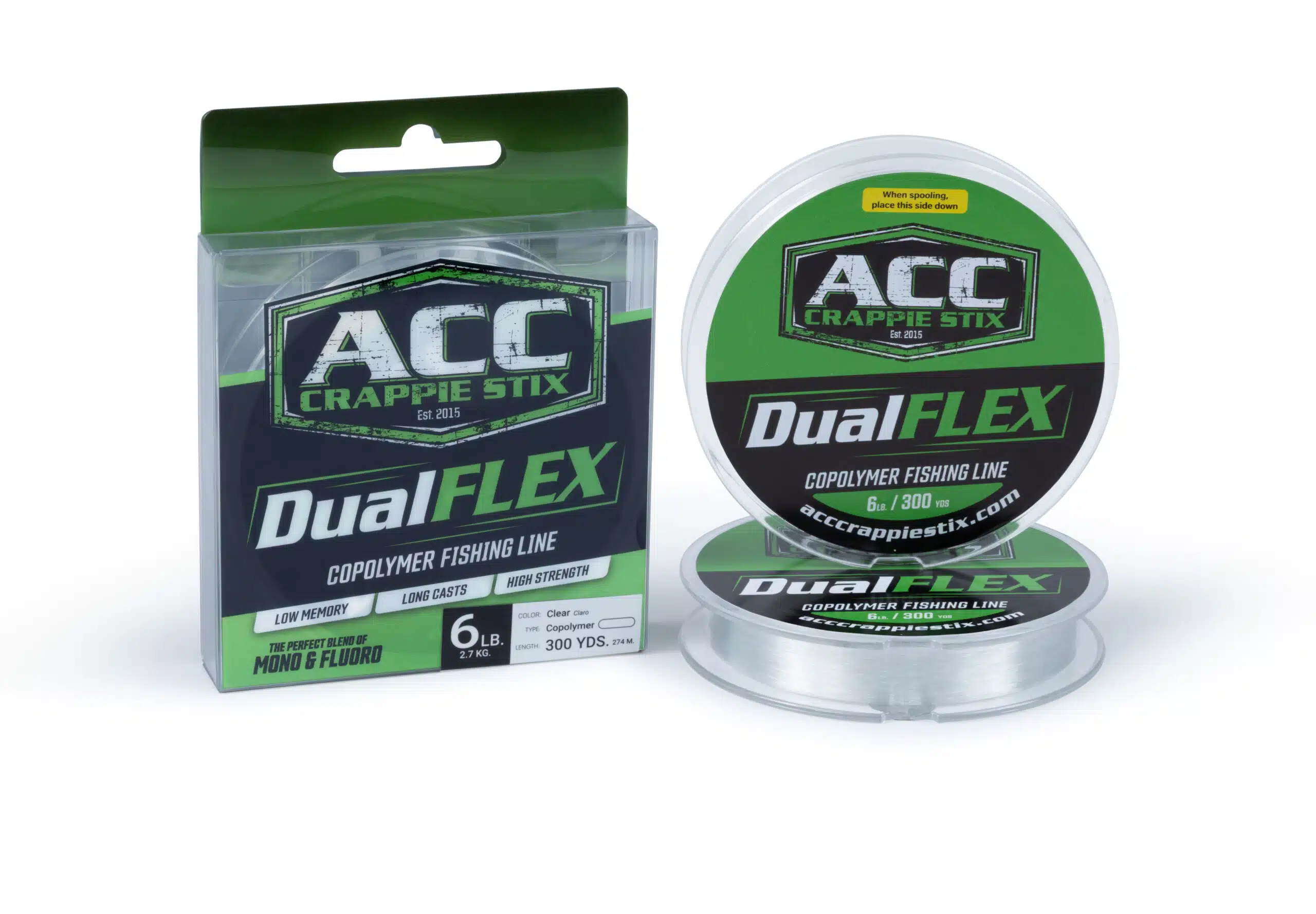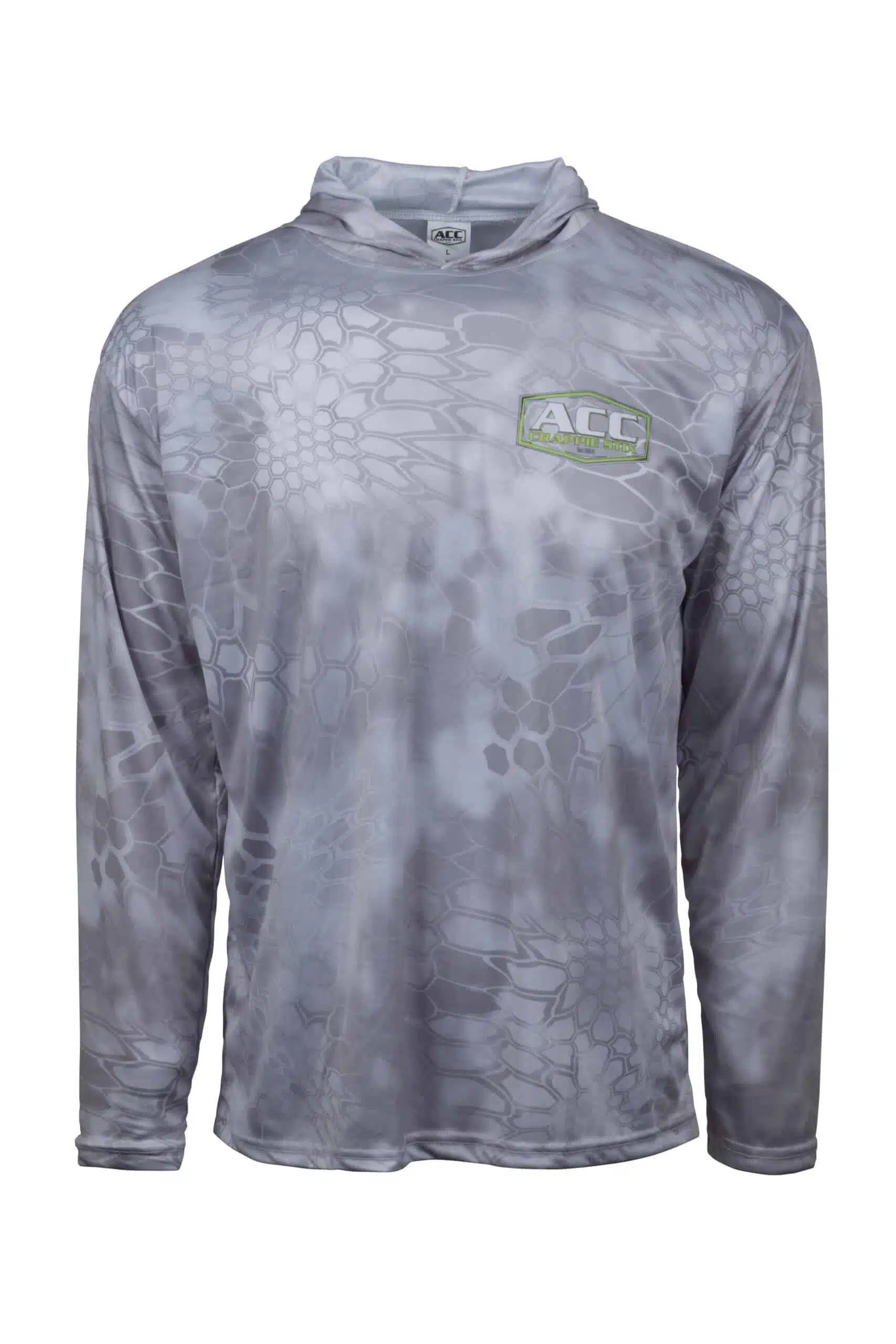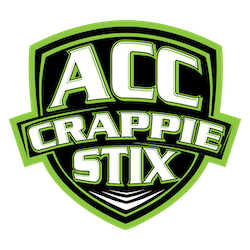Post-spawn bucket list: Oconee black crappie

By Greg McCain
Outside the region, Lake Oconee, an east-central Georgia crappie fishery, gets far less attention compared to some nationally known venues.
Locals, however, know the lake as a place with volumes of fish eager to eat in the post-spawn and some unique qualities that make Oconee a definite bucket list destination for serious crappie fishermen. For some of the best crappie fishing of the year, the post-spawn provides a stable period when the crappie are easy to target and ready to feed. The time to visit Oconee is now.
Created by Georgia Power in 1979 as a source of water and hydroelectric power, the 19,000-acre reservoir features major in-flows by the Oconee and Apalachee rivers and provides perfect late-spring and summer habitat on the main lake for crappie.
Veteran Oconee guide and ACC Crappie Stix pro staff member Jody Stephens fishes the lake regularly year-round but especially likes the post-spawn period. Jody said recently that the spawn was over and that the fish were headed toward the lake’s submerged timber and would stay there until “at least into July.”
“It’s actually happening now,” he said in late April, “happening a little earlier than in past years. They are moving toward the timber, and that means you can catch them long-lining or pushing. I prefer long-lining. It’s the most efficient way for me to catch post-spawn crappie when they ball up in the tops of that timber.”

At this point in May, the crappie should have recovered from what Jody characterized as “a two-week funk when they just don’t bite that great. After that, they move through the flats and into the timber. Oconee has hundreds of acres of flood timber; I’m not sure exactly how much. That’s their home from late April, through May and June and at least into July.”
Jody favors long-lining because he said the technique is best suited for his boat and also for his clients, especially those with limited fishing experience. He has operated Crappie Daze Guide Service for nine years on Oconee.
“Primarily, I like long-line trolling because it catches fish on Oconee, but it is easy for anyone from 4 years old to 94. It’s easy for the clients to identify the bite, catch fish, and have a good time. It’s relatively constant action as opposed to spider rigging, where you really have to be on your toes.”
Jody normally trolls double-jig rigs from 1/16th to 1/32nd, depending on depth. He pulls everything from the back of his boat with 16’, 12’, and 8’ rods on each side and 8-footers in the middle completing his complement of 10 total rods. Jody spools with 6-lb. hi-vis Mr. Crappie line.
His jig heads are made by Curtis Hobbs (www.litewirehooks.com), and Jody uses plastics molded by Tex Maxwell in a variety of colors.
“I normally try to get the jigs down to the 6 ½- to 8 ½-foot range above the timber, not getting hung and trolling about a mile per hour over these timber patches.”
When asked about the need to use double rigs, Jody said he didn’t have an exact answer. Through experience, he just knows what works on Oconee.
“Doubles seem to work better on Oconee as opposed to other lakes,” he said. “I have trolled some singles here with kids when the fish are super aggressive and are really bunched up on the timber. Singles are a lot easier to deal with than doubles, but day in day out, trolling double-jig rigs here on Oconee is the most effective.”
In addition to long-lining, other anglers on Oconee catch post-spawn crappie with other trolling techniques and also by shooting docks. Jody said, “(Spider-rigging or pushing) is fairly effective, but long-line trolling seems to be more effective to me than pushing, putting more fish in the boat and going three times as fast.”
On a four-hour morning trip, Jody said clients can typically catch at least 50 fish with longer outings yielding double that amount at times. Georgia’s liberal 30-fish limit per person results in a pile of filets once trips are over.
The fish are not huge on Oconee, but the sheer numbers make the lake a go-to destination. Pre-spawn females that pushed two lbs. now weigh up to about 1 ½ lbs. after the rigors of the spawn. Jody said 12-inchers normally weigh up to 1 ¼ lbs. with most of the fish that he takes from the lake measuring 10 inches or more. No size restriction exists on the lake, however.

One final caveat makes Oconee a unique place to visit.
“We only have black crappie on Oconee, and we seem to have an abundance of them,” Jody said.
To book a trip with Jody, contact him through www.crappiedaze.com. Full contact information can be found on the website. Also follow his fishing reports on Facebook. Book early because spring and summer trips fill up fast.
To find an inventory of ACC Crappie Stix rods in the Lake Oconee area, check with William Clark or Mike Smith at Sugar Creek Marina (follow on Facebook for more details) in nearby Buckhead. Jody said Sugar Creek is the only ACC outlet in Georgia, and customers frequently visit the marina store to purchase rods after fishing with him. Jody said, “We’ve got a ton of customers we’ve turned on to ACC rods. We’re kind of going ‘Team Green’ here at Lake Oconee.”

